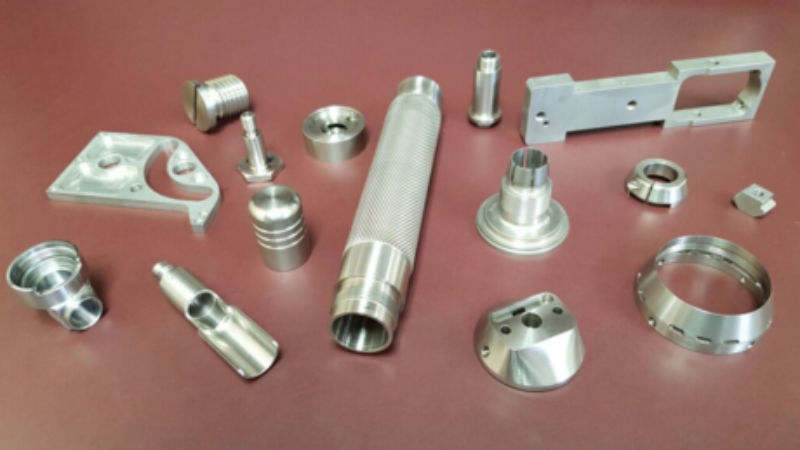A drilling operation refers to the action of producing a specific size, shape, and type of hole in metal, plastic or other type of workpiece. It is a simple form of machining. It is also can require specialized bits. While the twist drill is the most common type of drill available, it is not the only type. In fact, the list also includes some more specialized drills. These are for specific tasks – ones not feasible or less accurate for the more common types of drill bits.
Specialized Points
Drilling operations may require the execution of a specific type of hole or opening. It may be one not suitable for the regular mill of drill bits. Instead, the machinist may have to turn to specialized drilling tools. While this may refer to the material comprising the drill, e.g. Tungsten carbide, it often indicates a less common drill bit. Among the list of such specialized drilling tools are the following:
* Bickford point: These bits are ideal for a drilling operation requiring self-centering and a burr-free breakthrough. They also feature higher feed capacity and longevity
* Fishtail point: These drill points possess a reverse “V” in the tip. They allow machinists to drill at an angle without walking occurring
* Racon: This type of bit decreases burrs on breakthrough and prevents the occurrence of “grabbing” when withdrawing from curved or angled surfaces
* Split or crankshaft point bit: The center portion of the trailing edge of the bit’s cutting edge has a notch.
* V-Point: A special high angle tip to produce through holes, this is found on automated wood boring equipment.
The Drilling Operation
Machinists know you cannot drill the requisite hole in metal or other material without having the right tool. While many bits are popular, others are less common in usage. They are for a specialized a drilling operation. Experience, skill and the right equipment align with the bit selection to produce the perfect hole.


